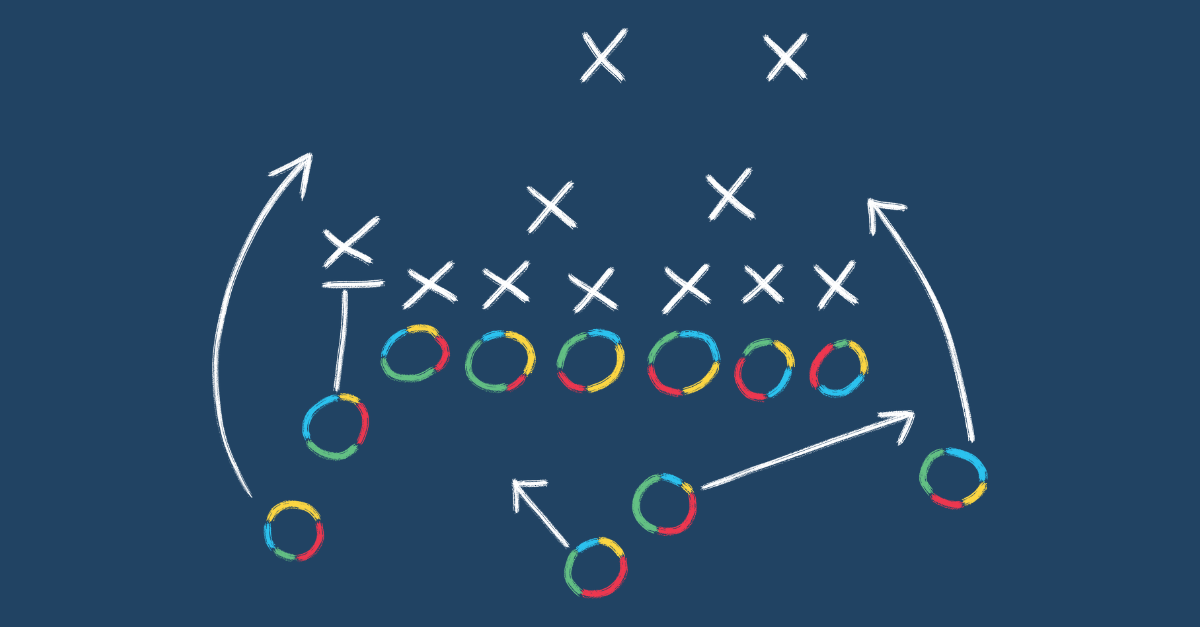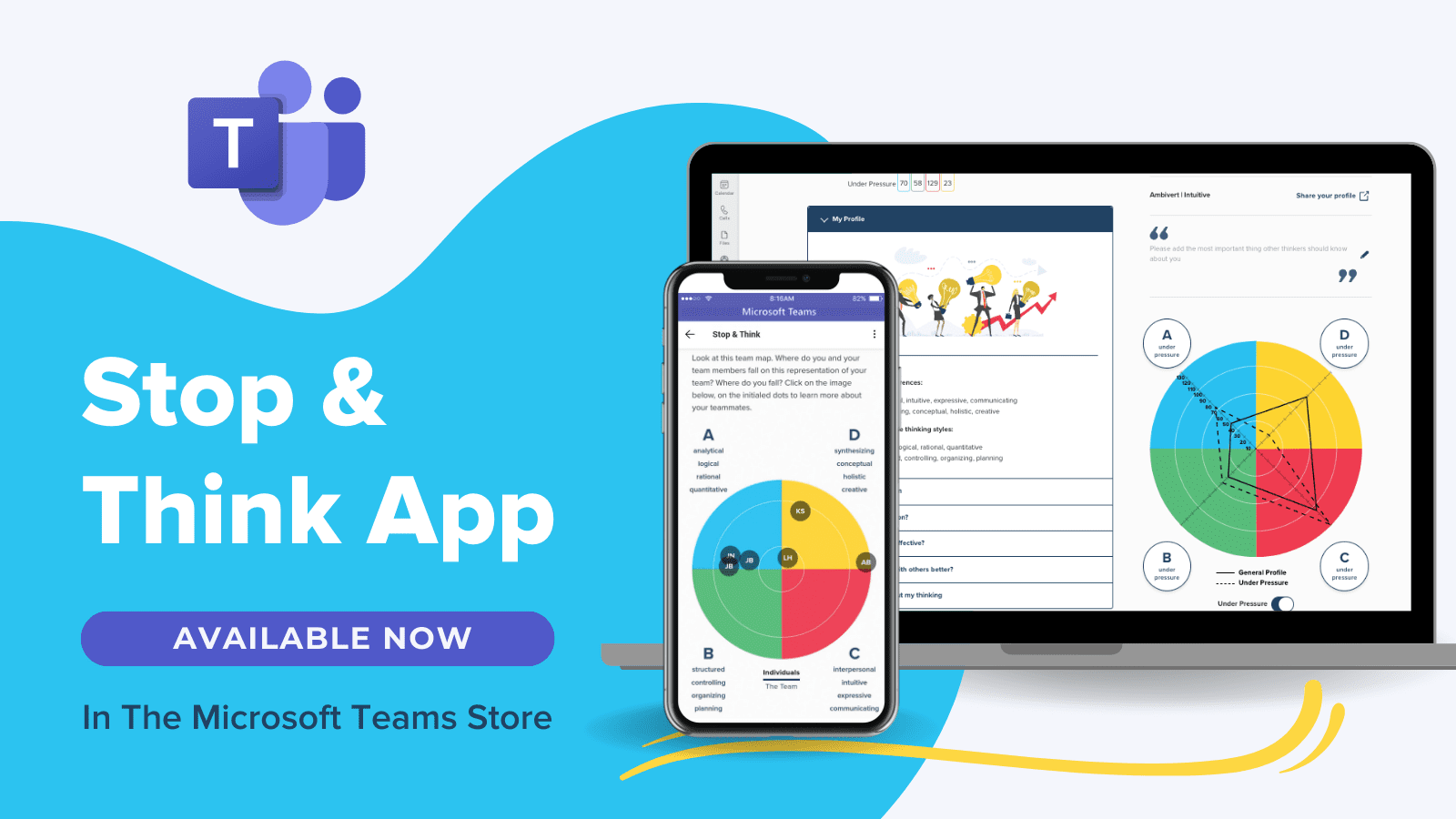Want to know what your personality is? Or find out your “inner truth”? How about which “Game of Thrones” character you are? There are plenty of employee assessments and online quizzes out there that will reveal what box, character, style or type you fall into—the answer to the question: Am I a “this” or am I a “that”?
But when it comes to the HBDI®, we talk in terms of thinking preferences. No one is strictly a “this” or a “that,” because everyone has access to their whole brain, regardless of what your preferences are. You simply prefer (and in some cases, actively avoid) certain kinds of thinking over others.
So, what exactly do we mean by thinking preference? Well, it might be easier to start by explaining what a preference is not.
Preference doesn’t equal competence.
This is a nuance that comes up fairly often. People want to know if having a preference for, say, analytical thinking means that they’ll breeze through any kind of analytical work.
But having a preference for a certain way of thinking doesn’t necessarily mean you’re great at all those things associated with it. And by the same token, not having a preference for something doesn’t necessarily mean you can’t be good at it.
To understand why, just think about a task you don’t like doing—a specific aspect of your job, cleaning the house, managing your personal finances. Maybe you even hate doing it. But out of necessity, you’ve become competent at it. Plenty of people are highly competent in jobs they really don’t like. I’m pretty good at organizing all the logistics when we take vacations, not because I like or want to do it, but because I know it has to get done. I have to put a lot effort into it, but the prospect of a fun trip motivates me to do it.
On the flipside, plenty of people love to do things that they’re not so hot at. I like to sing, but I’m sure a whole lot of people wish I wouldn’t. In the same way, your thinking preferences are simply a reflection of the kind of thinking you’re naturally drawn to, not the thinking you’re necessarily good at. When you’re “not thinking” about it, it’s the thinking you default to.
And here’s another reason why it’s an oversimplification to say you’re a “this” or “that” thinker: Only 5% of the population in our database of millions of HBDI profiles has a single strong preference. Most people, 92% of our database, have two or three preferences, and even within a single quadrant, differing degrees of preference for that kind of thinking will show up in different ways. (Only 3% have a balance of preferences for thinking across all four quadrants.)
At work, you can see those thinking preferences show up in the way you’re energized by certain activities—the things you find so interesting and so stimulating that you’d choose to do them over any others. They may not be the easiest for you, but they are always the most satisfying and fulfilling. You don’t have to look too hard for motivation because your inner fires are already stoked.
But there is a link between thinking preferences and competence.
Having said all that, there are strong correlations between thinking preferences and skills because we tend to do the things we like to do and, through that repetition and reinforcement over time, build up competence in them.
The reverse is true, too: Activities that fall into the areas you have a lower preference for or even actively avoid can become big blind spots for you. It’ll take a lot more energy, intention and motivation to do them, and that’s why it can feel so draining. Keep in mind, though, that doesn’t mean you aren’t capable of it. Because the HBDI shows that you’re not limited by your preferences, it also means you can’t use the results of this employee assessment as an excuse or a cop-out! Instead, it helps you understand what’s going on and how you’ll need to prepare your brain for the stretch.
If you’re one of those people whose job doesn’t line up with your preferences, you might be feeling the exhaustion of having to stretch outside your mental comfort zones. There are a few things you can do to take control of the situation. Of course, you can look for a different job or profession. But maybe there are just a few activities you don’t like within your current role. Are there things you can do to modify the job to make it a more natural fit? Or is that discomfort really a learning opportunity that you need to take on in order to grow? Could that be your motivator to do it?
Sign up to our newsletter for the latest insights
The point is, you don’t have to feel stuck in a box or trapped by your preferences. You’re not a “this” or a “that” when it comes to your thinking. You’re all of it. And once you understand your whole brain better, you get to be in charge of it.












